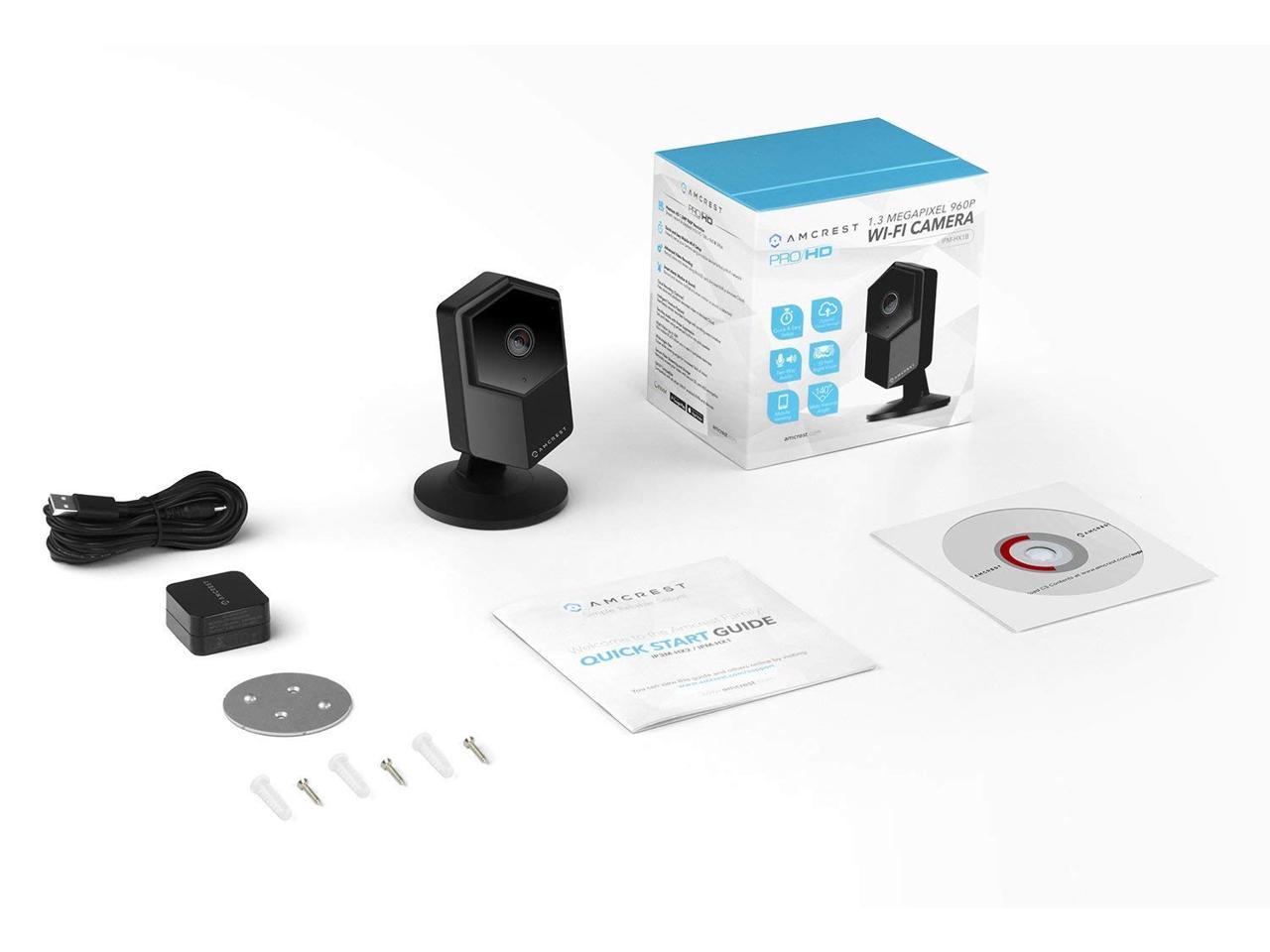


Once the limit of supported security cameras is reached, more servers need to be installed. Secondly, the "hosted" (i.e., not cloud) server has finite resources in this model. Hosted refers to a dedicated physical or virtual server that needs to be provisioned and configured for software to be installed. Let’s explore why.įirst, a vendor "hosting" servers is not a multi-tenant cloud service. In the video security industry, a VMS living in a hosted environment does help customers reduce their on-prem infrastructure, but this model is far from being cloud-native. The server- physical or virtual-is in someone else’s data center infrastructure, and the vendors then rent it back to the customer “ as-a-service,” calling it cloud. In every industry, whether it’s voice, video conferencing, enterprise print management, and other enterprise software, we’ve seen time and time again the legacy vendors (ones who traditionally require software to be installed on dedicated on-prem servers) take the exact same software but install it onto a dedicated server. Passing this first qualifier doesn’t necessarily mean you now have a cloud-native surveillance camera. In a world where every IT department has an imperative to reduce on-site infrastructure and applications, more and more IT and security professionals seek cloud-native physical security solutions that require no infrastructure or software installation. On top of these, access to the live or recorded video should not require the installation of a dedicated desktop application. There should be no need to connect to the device and configure where it needs to connect to or provide additional information. Additionally, it should be possible to simply plug in the security camera and have it automatically connect to the cloud.

First, let’s tackle the easiest qualifier-or disqualifier-based on the following question: does the security camera require any on-premise hardware or software? If the camera itself needs to interact with an on-prem video recorder, management server, or firmware server, it cannot be cloud-native.


 0 kommentar(er)
0 kommentar(er)
